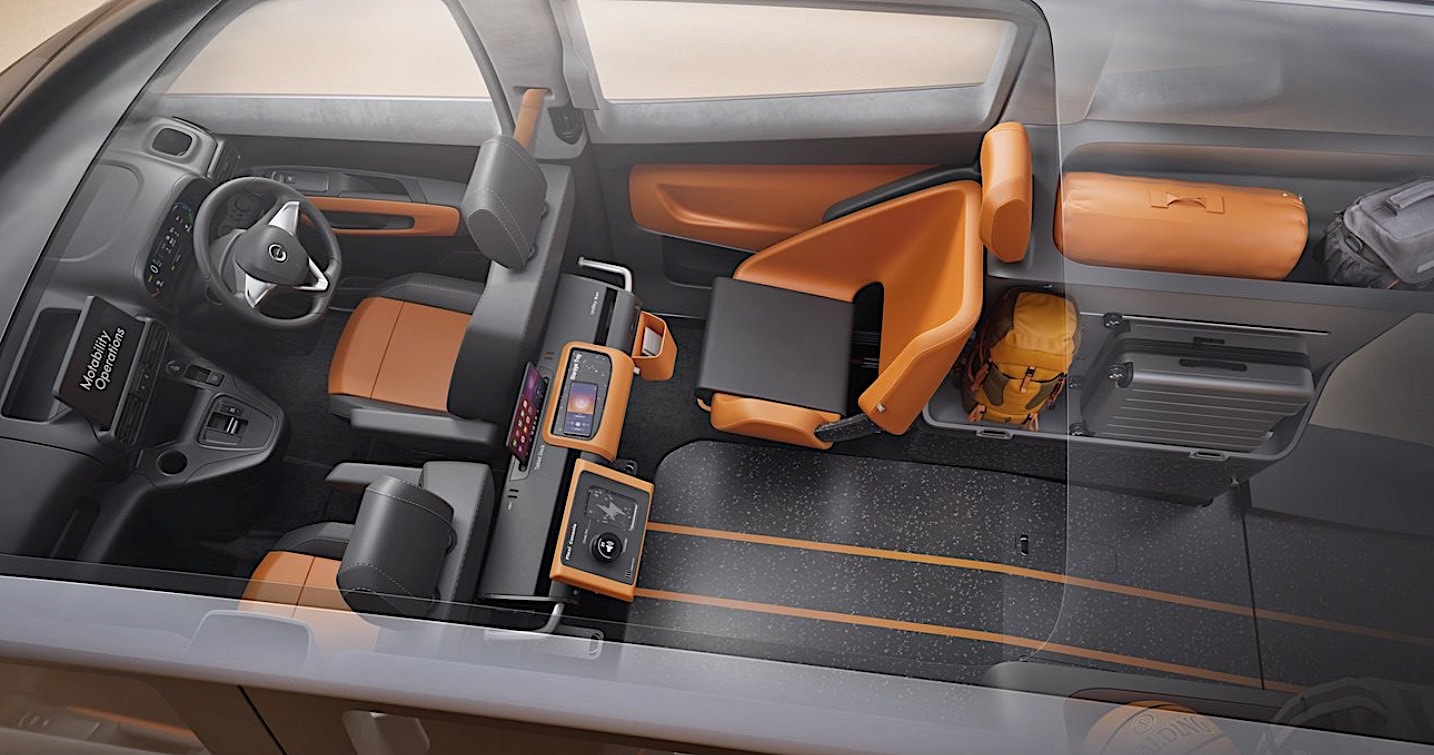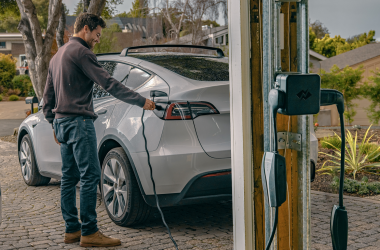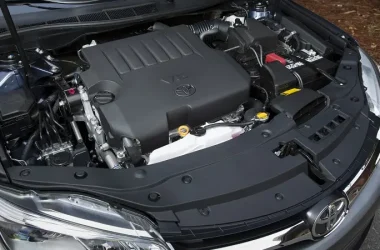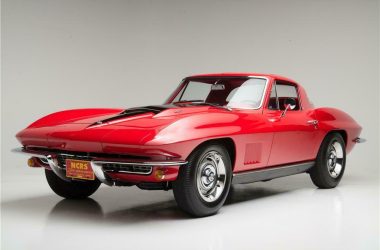The open road. It’s a symbol of freedom, independence, and possibility. For many, driving is a given. But for individuals with disabilities, getting behind the wheel can feel like a distant dream. Well, here’s the deal: it doesn’t have to be. Accessibility vehicle conversions are the incredible, often unsung, engineering marvels that bridge that gap.
These aren’t just simple modifications. They’re thoughtful, personalized transformations that hand the keys back to the driver. Let’s dive into how these conversions work and, honestly, how they can completely change a person’s relationship with the world.
It’s More Than a Ramp: The Core Philosophy of Conversion
At its heart, a vehicle conversion is about adapting a standard vehicle to meet the specific physical needs of a driver or passenger. Think of it like tailoring a suit. Sure, you can buy one off the rack, but a tailored one fits your unique shape perfectly. That’s what a good conversion does—it creates a perfect fit for an individual’s mobility and control requirements.
Hand Controls: The Most Common Conversion
For drivers with limited or no use of their legs, hand controls are the gateway to driving. They essentially relocate the functions of the accelerator and brake to a lever or set of levers controlled by hand.
Types of Hand Control Systems
You’ll find a few main types, each with its own feel and function:
- Push/Rock Systems: This is a classic. Push the lever down to brake, rock it forward to accelerate. It’s intuitive and, for many, becomes second nature surprisingly fast.
- Push/Twist Systems: Here, you push for the brake, but you twist a grip on the lever—like a motorcycle throttle—to accelerate. It offers very precise speed control.
- Right Angle Systems: These are less common but vital for some. They involve pushing the lever forward for the brake and pulling it toward you for the gas.
The choice depends entirely on the driver’s strength, range of motion, and personal comfort. A good assessment specialist will let you try different types.
Zero-Effort Steering and Other Wheel Modifications
Steering can be another major hurdle. For those with limited arm strength or grip, a standard steering wheel is a non-starter. That’s where these modifications come in.
- Zero-Effort Steering: This is exactly what it sounds like. It uses an electronic power assist system, making the wheel so easy to turn you can do it with a single finger. It’s a game-changer.
- Spinner Knobs (Suicide Knobs): A small, textured knob attached to the wheel that allows for one-handed steering. It provides leverage and a secure grip.
- Steering Cuffs and Palms: For drivers with no grip, a cuff that straps around the wrist or a palm pad allows them to hook their hand and turn the wheel effectively.
Entering the Vehicle: Lifts and Ramps
Okay, so you can drive the car… but first, you have to get in. For wheelchair users, this is where vehicle access modifications truly shine. The two main options are lifts and ramps.
| Feature | Lift | Ramp |
| Best For | Larger vehicles, vans, higher ground clearance | Minivans, lower-entry vehicles |
| Operation | Platform lifts user and chair vertically, then swings inside. | Manual or power-fold ramp deploys for user to wheel up. |
| Space Used | Takes up more interior space. | Generally more space-efficient inside. |
| Cost & Complexity | Typically more expensive and complex. | Often more affordable and simpler. |
The choice between a ramp and a lift isn’t just about the vehicle; it’s about the user’s strength, the type of wheelchair, and, of course, budget.
Securement is Safety: Tiedowns and Locking Systems
Once inside, the wheelchair itself must become the safest seat in the house. This is non-negotiable. A sudden stop turns an unsecured chair into a dangerous projectile. That’s a terrifying thought, right?
Modern securement systems are brilliantly simple and incredibly strong. The most common is the 4-point tie-down, which uses heavy-duty straps with automatic locks to clamp onto the wheelchair’s frame. For an even smoother experience, electronic docking systems are gaining popularity. You simply wheel onto a small platform, and a mechanism automatically locks the chair into place. No straps, no fuss.
The Digital Dashboard: High-Tech Driving Aids
Technology is pushing the boundaries of what’s possible. We’re now seeing voice-activated systems that can control everything from the turn signals to the windshield wipers. Joystick driving systems, similar to what you’d find in a power wheelchair, can replace the traditional steering wheel entirely for some drivers.
And then there are the “secondary controls.” These are all the other buttons and knobs in a car. How do you operate them if you can’t reach or turn a dial? Solutions include:
- Extended lever kits for turn signals and gear shifts.
- Touchpad or proximity-sensor controls.
- Voice command integration.
The Journey to Your Converted Vehicle
This process isn’t something you rush into. It’s a journey. Honestly, the most critical first step isn’t calling a conversion company—it’s getting a thorough assessment by a Certified Driver Rehabilitation Specialist (CDRS).
These professionals are usually occupational therapists with advanced training. They evaluate your physical abilities, visual skills, and cognitive function. They’ll recommend the exact equipment you need and, just as importantly, help you practice with it. They are your guide, your coach, and your greatest advocate in this process.
Navigating the Financial Side of Things
Let’s be real, vehicle conversions are a significant investment. But you’re not necessarily on the hook for the entire cost. Potential funding sources can include:
- Vocational Rehabilitation: If your driving needs are related to getting to and from work, this state-run program can be a primary source of funding.
- Veterans Affairs (VA): For veterans with service-connected disabilities, the VA often covers the full cost of a vehicle and its conversion.
- Grants and Non-Profits: Organizations exist solely to help with these costs. It takes some research, but the help is out there.
- Tax Deductions: Don’t forget—the IRS allows a medical expense deduction for the cost of buying and modifying a vehicle for disability.
It’s a puzzle, for sure. But a solvable one with the right help.
The Road Ahead is Yours to Drive
A converted vehicle is more than metal, rubber, and clever engineering. It’s a passport. It’s the ability to spontaneously visit a friend, to get to a job you love without relying on someone else’s schedule, to just… go. It restores a fundamental layer of autonomy that many take for granted.
The technology has evolved to a point where almost any challenge can be met with a creative solution. The road might have seemed closed, but honestly? It was just waiting for the right key.








